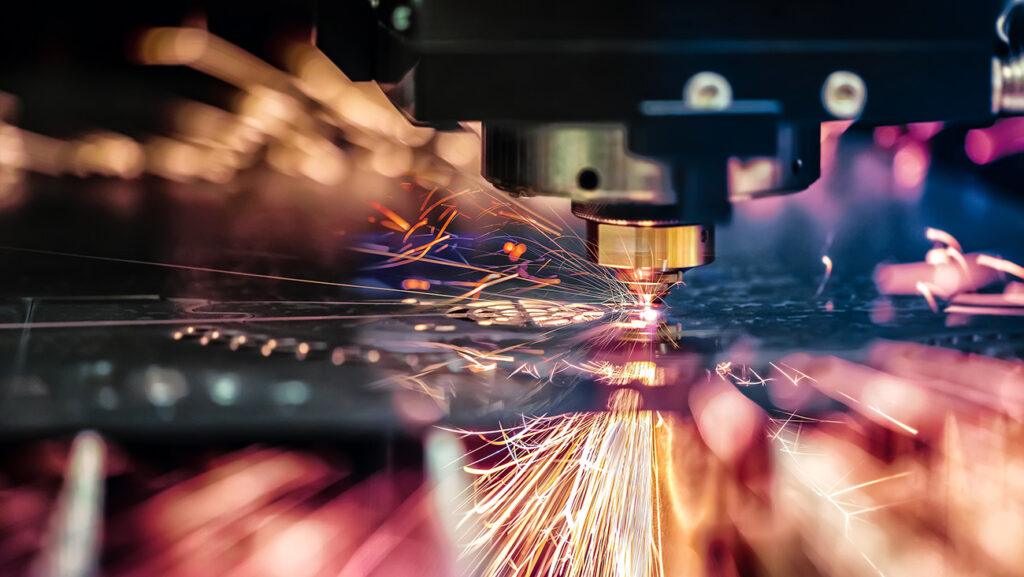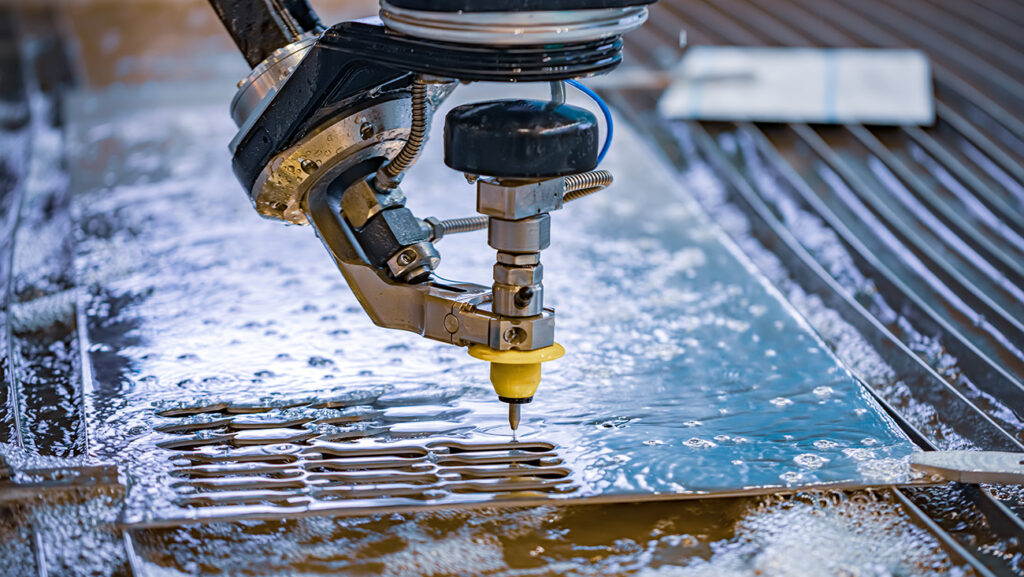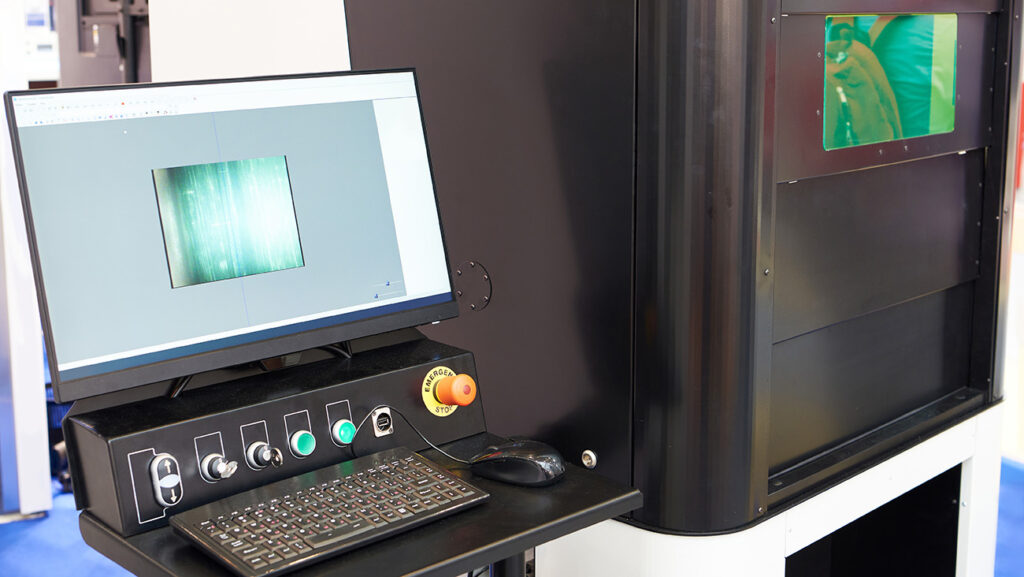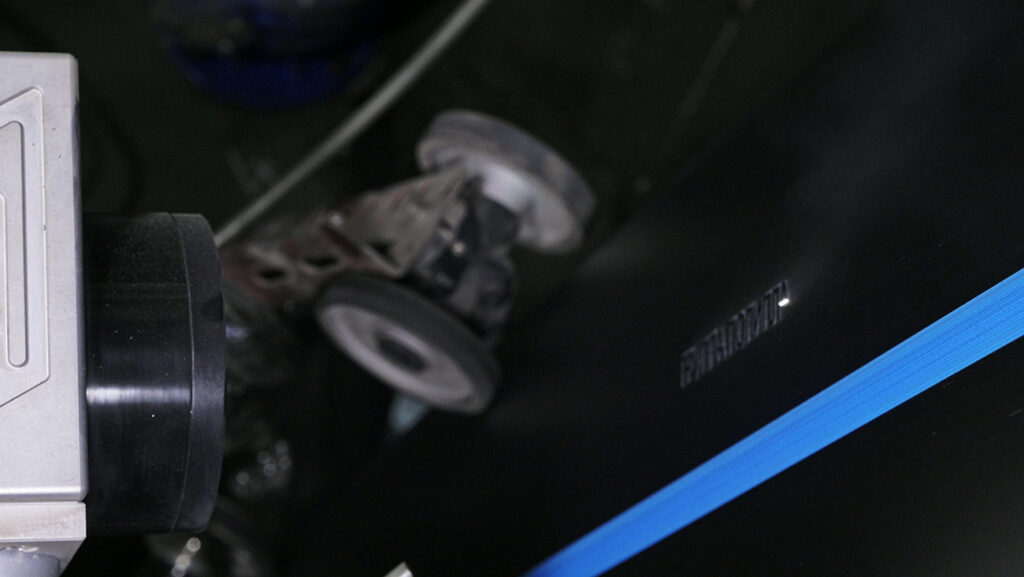How Laser Technology is Revolutionizing the Aerospace Industry
Posted on February 11, 2025 in Blogs

The aerospace industry demands precision, durability, and efficiency in manufacturing components that must withstand extreme conditions. Laser technology has emerged as a transformative force in aerospace manufacturing by enabling the production of lightweight, high-strength components with unparalleled precision. From material processing to component fabrication, laser technology is reshaping how aerospace manufacturers innovate and maintain competitive advantages.
1. Lightweight Component Manufacturing
Weight reduction is a top priority in aerospace engineering to improve fuel efficiency and performance. Laser cutting and welding technologies allow manufacturers to create lightweight components without compromising structural integrity.
- Laser Cutting: Offers high-precision cutting of aluminum and titanium alloys, which are widely used in aerospace for their strength-to-weight ratio.
- Laser Welding: Creates strong, seamless joints in thin-walled structures, reducing the need for bulky fasteners and adhesives.
2. Enhanced Precision and Quality Control
Aerospace components must meet strict quality and safety standards. Laser processing technologies provide the precision required to manufacture complex parts with tight tolerances.
- Micromachining: Enables the creation of intricate designs for turbine blades, fuel injection systems, and cooling channels.
- Laser Drilling: Allows precise, repeatable holes in components like engine parts, reducing thermal fatigue and improving cooling efficiency.
- Non-Contact Processing: Prevents material distortion, ensuring components maintain their structural integrity.
3. Joining Dissimilar and Advanced Materials
Aerospace manufacturers increasingly use advanced materials such as composites and lightweight metal alloys. Laser welding and hybrid laser welding processes are critical for joining dissimilar materials that are difficult to bond using traditional methods.
- Laser Welding: Facilitates joining of aluminum to titanium, providing strong, lightweight assemblies.
- Hybrid Welding: Combines laser and arc welding for stronger joints and deeper penetration.
4. Improved Fuel Efficiency and Sustainability
Reducing aircraft weight and improving fuel efficiency are central to the aerospace industry’s sustainability efforts. Laser technology supports these goals by enabling lightweight designs and reducing waste.
- Material Efficiency: Precision laser cutting reduces material waste compared to traditional machining.
- Weight Reduction: Laser-drilled cooling holes in turbine blades improve engine performance, reducing fuel consumption.
- Sustainable Manufacturing: Laser processing generates fewer emissions and minimizes chemical use.
5. Accelerating Prototyping and Customization
The aerospace industry often requires rapid prototyping and customized solutions. Laser technology accelerates the development process with faster turnaround times and design flexibility.
- Rapid Prototyping: Laser cutting and additive manufacturing allow quick production of prototypes for testing and validation.
- Customization: Complex geometries and small production runs are more feasible with laser technology.
6. Maintenance, Repair, and Overhaul (MRO)
Laser technology also plays a critical role in aircraft maintenance and repair. Laser cladding and laser ablation techniques extend the lifespan of high-value aerospace components.
- Laser Cladding: Repairs worn or damaged parts by depositing material with minimal distortion.
- Laser Ablation: Removes coatings and contaminants without damaging underlying materials.
Laser technology is revolutionizing aerospace manufacturing by enabling the production of lightweight, precise, and durable components. From precision cutting and welding to advanced material processing, lasers offer unmatched efficiency, quality, and flexibility, driving innovation in the aerospace sector.
Stay ahead in aerospace innovation with Accumet’s advanced laser processing solutions. Learn more about our aerospace laser services.



